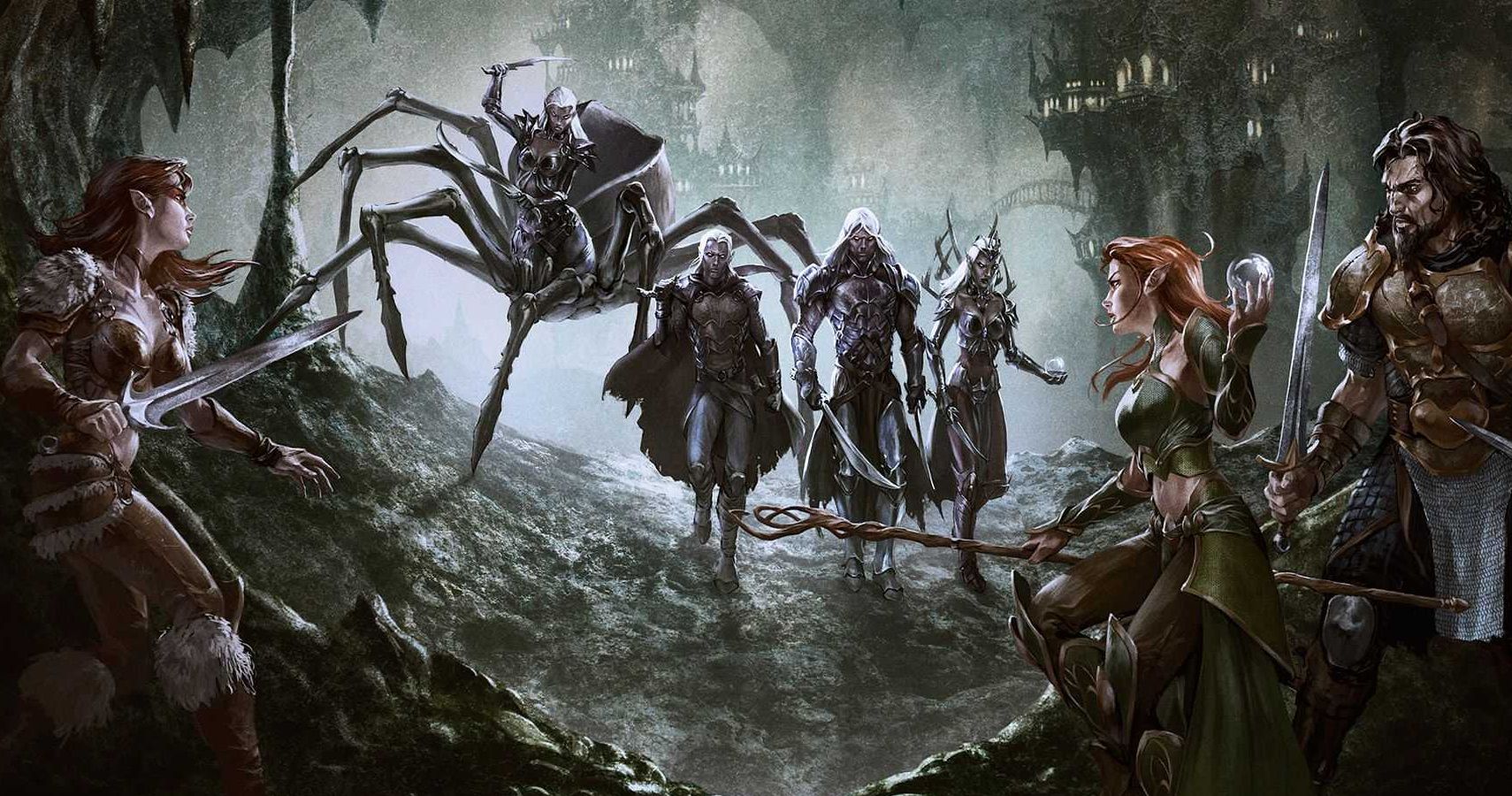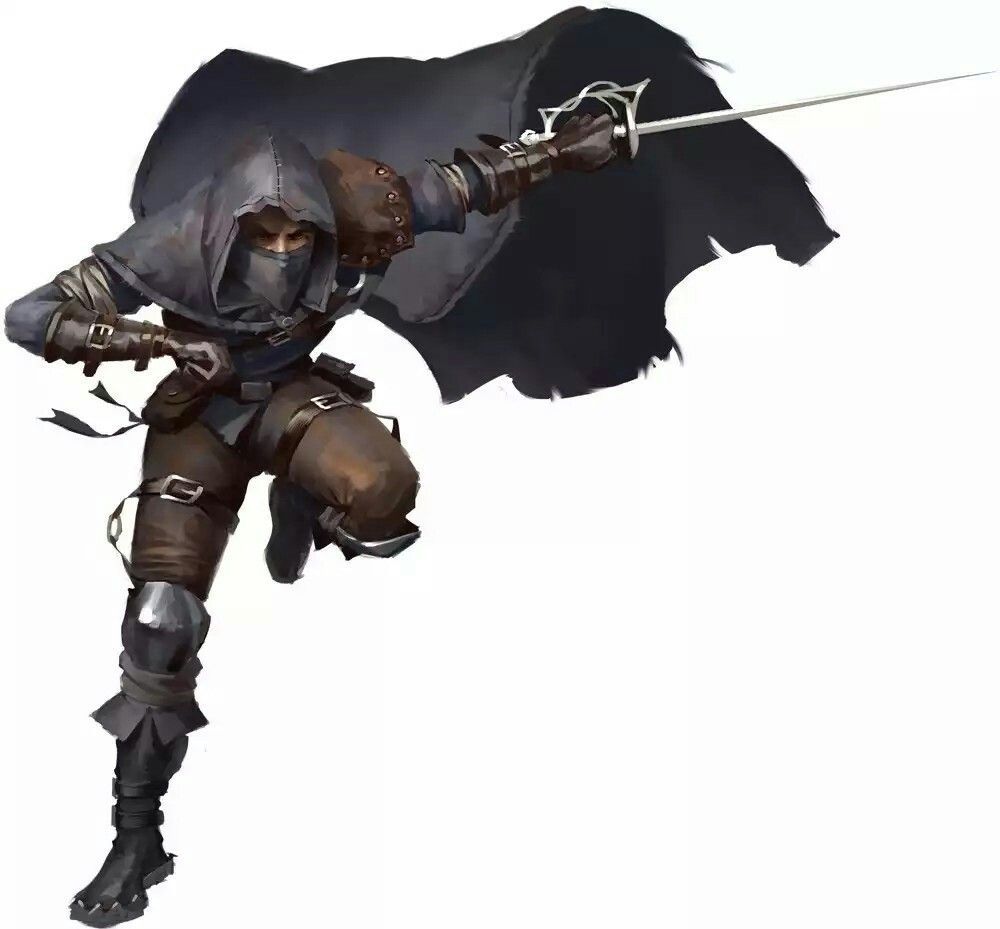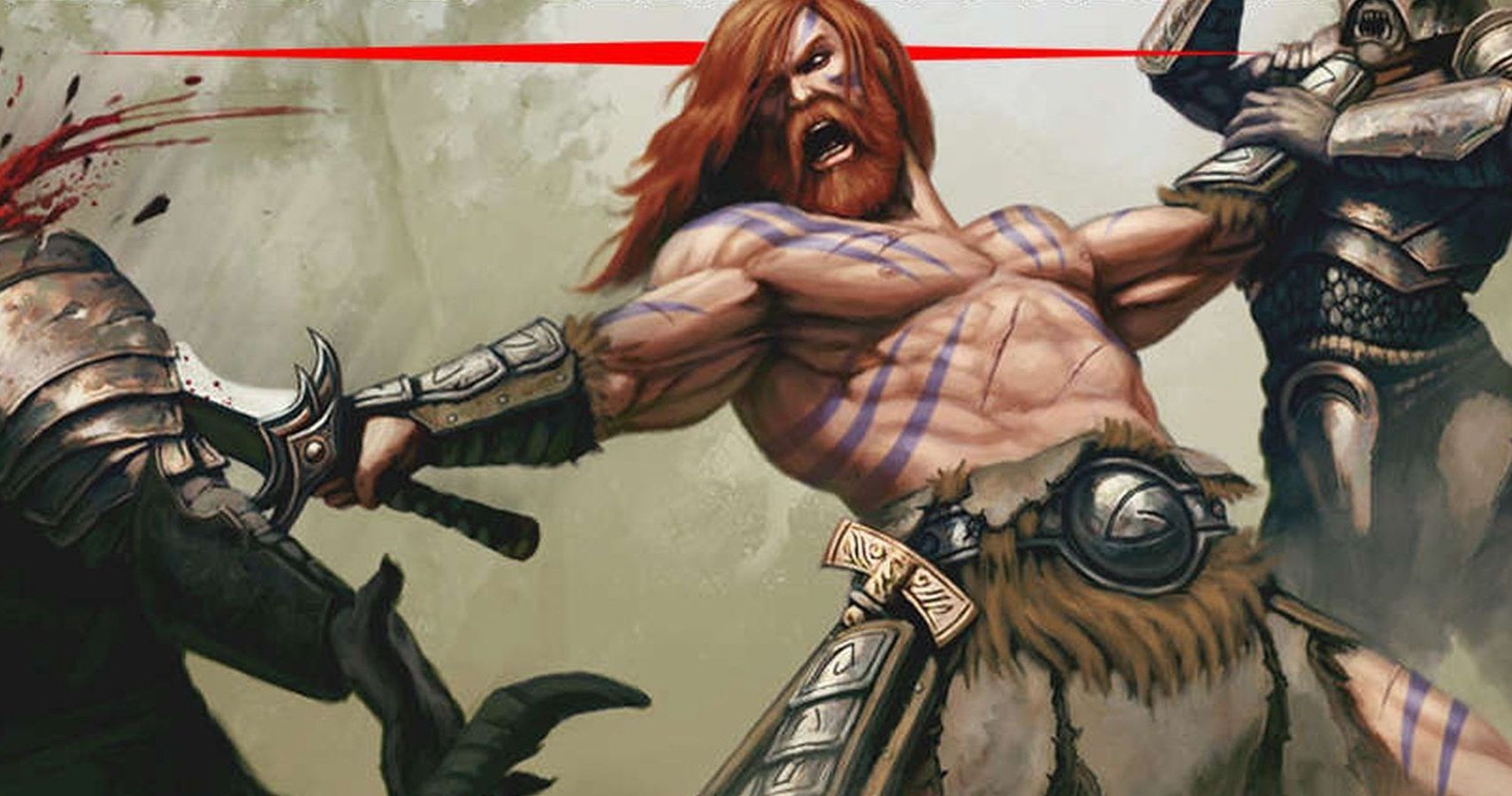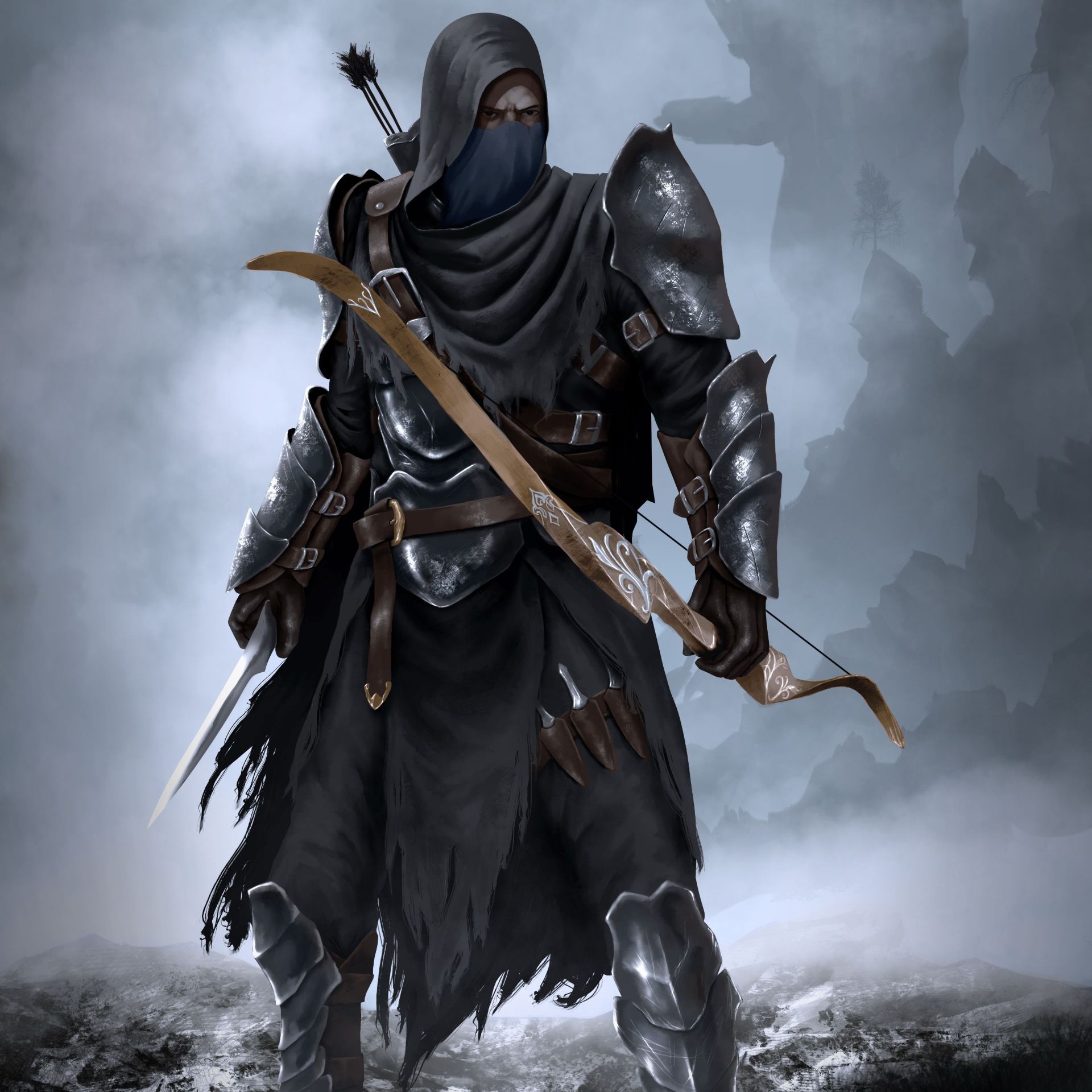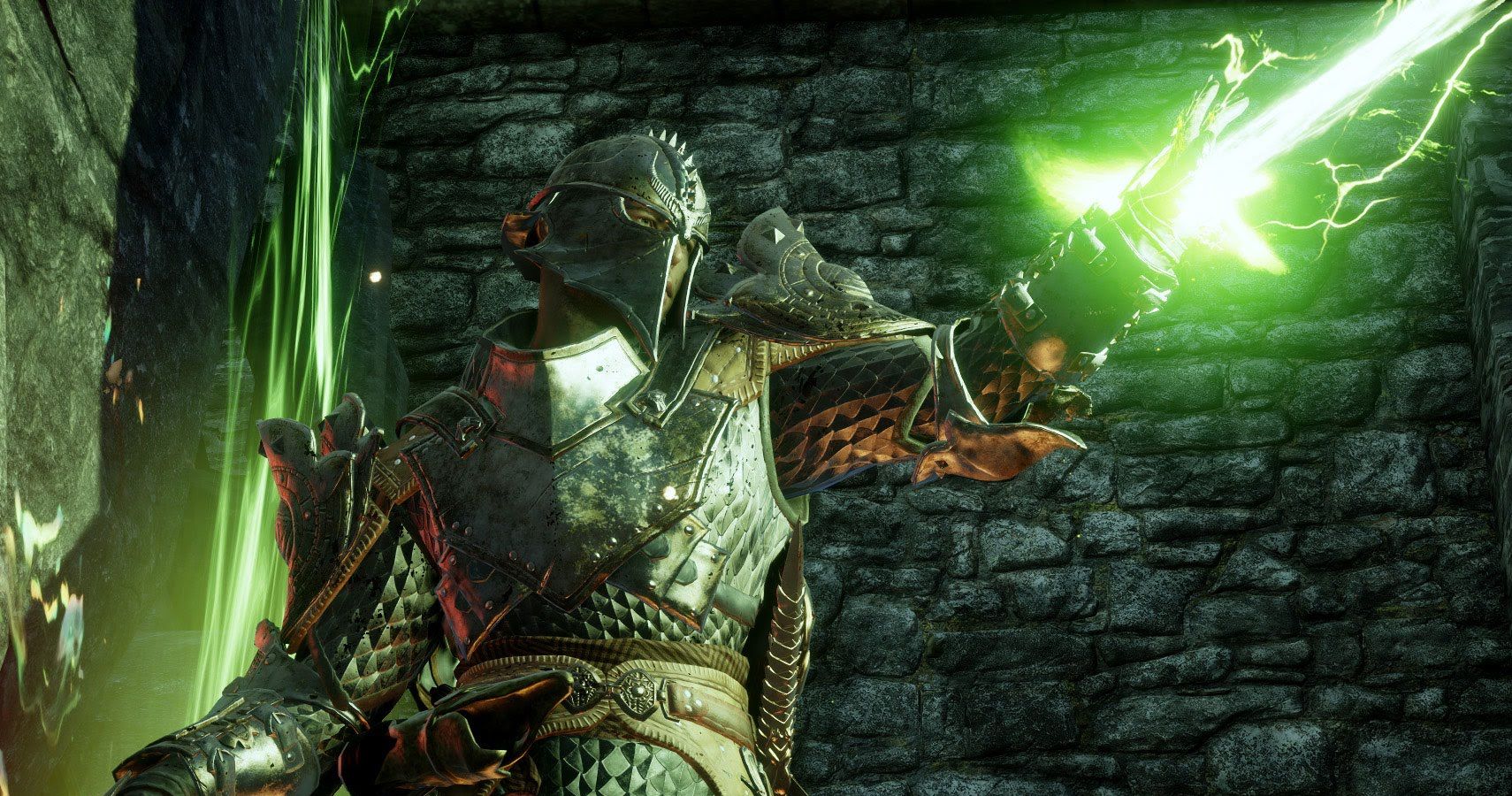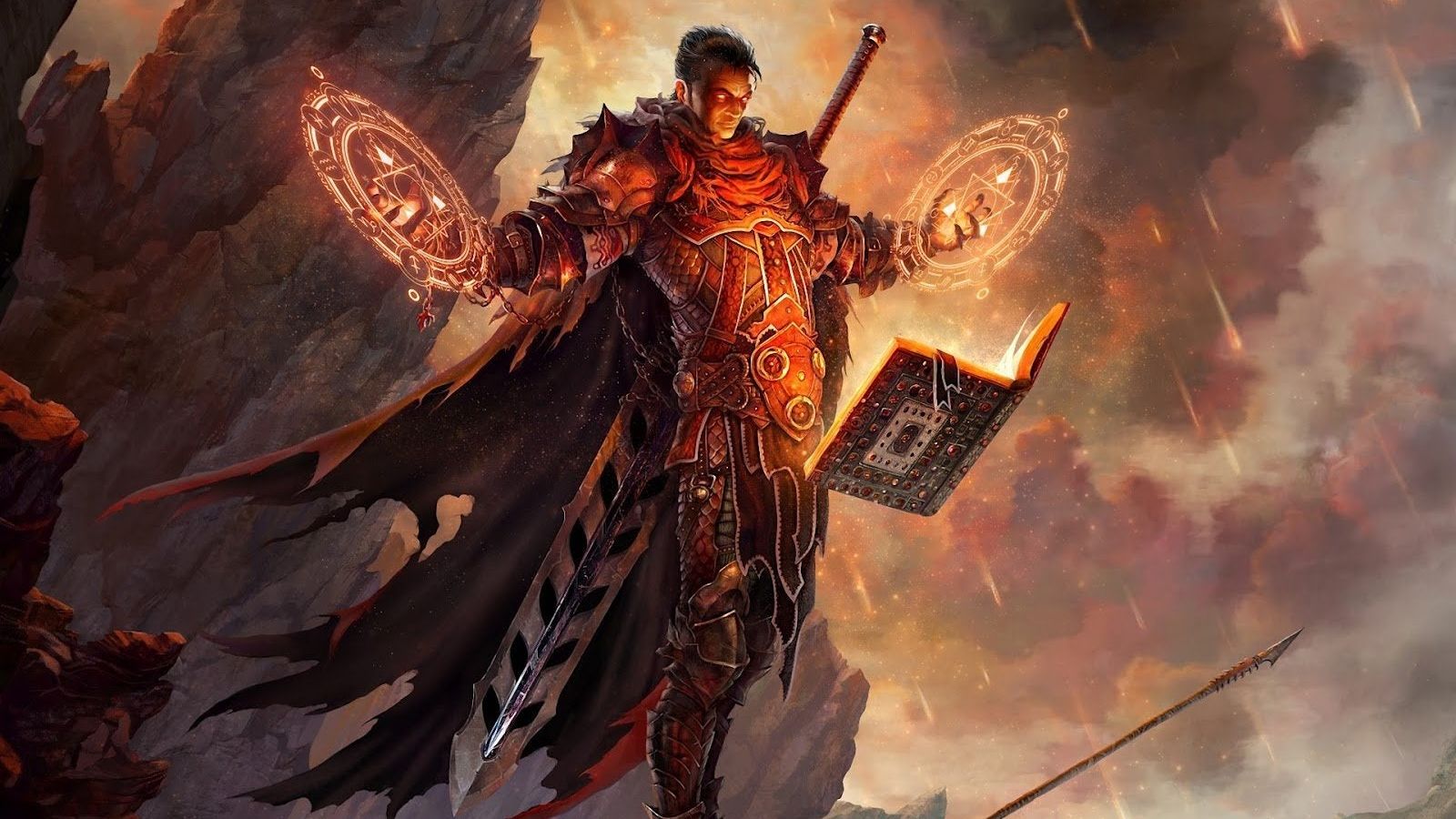Creating a unique and interesting character is a core component of Dungeons & Dragons, and multiclassing is one of the most direct methods of tailoring something to suit the exact image one may have in their minds of a specific character. As the name implies, multiclassing allows players to take levels in classes other than the main one chosen when creating a character.
This means that if Player A takes five levels in Barbarian, and Player B takes three levels in Bard and two in Wizard, both players are considered to be at level five. However, players should note that the cost of multiclassing is often missing out on high level spells or abilities that are only available to classes who do not multiclass if the plan is to reach level 20.
However, recent data from D&D Beyond shows that 90% of all games do not see characters go past level 10, and unless you and your group has their sights set on hitting those high levels, dipping into multiclass options lets you play a character exactly as you envision them. Here are our top five picks for the best multiclass combinations.
Fighter-Rogue
Looking for a little more cunning and guile to add to your master of weapons? Look no further than dipping your toe into the Rogue class to gain things like expertise, cunning action, situational skills that could help the party throughout campaign, and possibly an archetype feature.
Taking three levels of Rogue will provides access to the Assassinate ability, which is potent in combat since it guarantees a Critical hit against opponents that have been surprised. Paired with the right weapon and action surge at later levels, totaling an eventual six attacks, will make you absolutely devastating. If somehow your unfortunate target survives this initial onslaught, they won’t have much left to offer in terms of resistance, that’s for sure.
Barbarian-Fighter
Crossing two classes that embody physical dominance with close-quarter combat is an obvious, but effective combination. By multiclassing into fighter, a character can gain a valuable action surge, fighting style, and a choice between maneuvers or an increased critical chance. The decision to add some Fighter to your Barbarian adds quite a bit of utility to a character.
The role-playing component can also receive a shift in how the traditional Barbarian character develops. While Barbarians are all about fury and unbridled rage, taking levels in the Fighter class could be symbolic of time spent with other cultures, where they interacted with strategic, level-headed veteran Fighters. However you choose to explain it, the mix of classes will provide the best of the rage-filled Barbarian with the sound, careful mind of a tactician.
Ranger-Rogue
Shall we make our character the stealthiest sneak in the world? Like a mix of Fighter-Rogue, taking Assassinate can make for a devastating attack from range. Moreover, there is safety in avoiding melee combat, and the role playing for a stealthy ranged attacker is easy to get into. Even if danger is near, Arcane Trickster can be used for a shield spell that does not reply upon either intelligence or charisma.
Consider playing an Elf for Elven Accuracy and you’ll find yourself always hitting your mark in and out of combat, which is especially fun when trying to solve problems by accurately tossing items to cause effects or distractions. In addition, some campaigns need a good scout to avoid potentially fatal situations for the party, and there is no one better suited than this class combination.
Paladin-Warlock
Talk about mixing the best that comes with being devoted to something greater than themselves. Paladins make Sacred Oaths while Warlocks engage in Eldridge Pacts. This is often referred to as a Hexblade Warlock, among other names, and taking three levels in the Warlock class and then as many as you like in Paladin results in this powerful combination. Charisma becomes the stat that is used for most of your impactful rolls. Attack rolls, Paladin spellcasting, Warlock spellcasting, and more will make use of this one stat, and maxing it out early can even trivialize early content.
What’s more, there is no distinction between using spell slots of Paladin or Warlock spells, which means you can load up on any spell you like, and in most cases, Smite is the best option. Since these are recovered on a short rest, and you have a high Charisma main stat, Paladin-Warlocks can be liberal with their abilities in combat and be but a short rest away from being fully functional at all times.
Cleric-Wizard, Or Cleric And Most Other Classes
Dipping into the Cleric class is almost always a good choice if choosing to multiclass because of the domain features that one can gain. With only a bit of class deviation one can become a bit of a tank, controller, healer, and more.
Mixing even a little bit of Cleric with Wizard can make for an imposing force and is often played as a Warmage. This allows for the command of powerful spells, a useful domain, and heavy armor to keep you safe. At the same time, that single level dip into Cleric can provide such useful spells as Bless and Guiding Bolt.
With that in mind, Cleric-Wizard can be one of the best multiclass options for the Cleric, but mainly for campaigns where it is not likely the character will reach level 20. At level 20, a pure Wizard is a powerful force to be reckoned with but misses out on its strongest spells if they multiclass at all. Since most parties do not reach level 20, taking advantage of the earlier strengths of this build can be a great idea, but it does require some planning so as not to reach a late game and be comparatively underpowered to the rest of your party.
Source: dnd.wizards.com/

